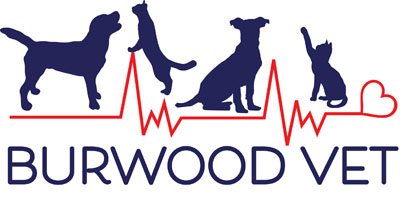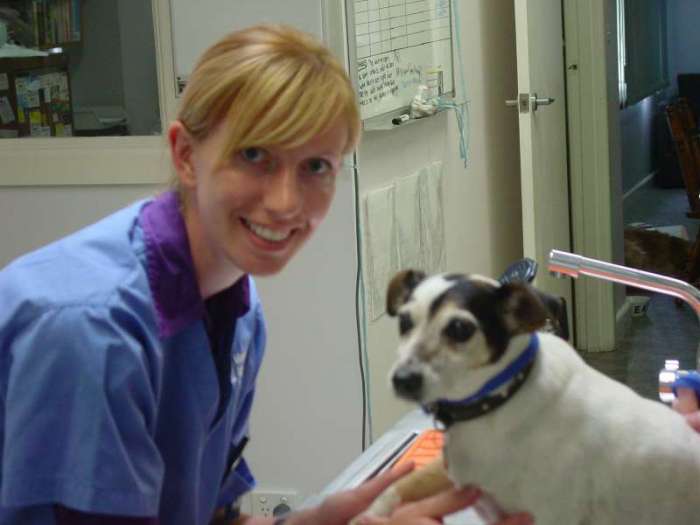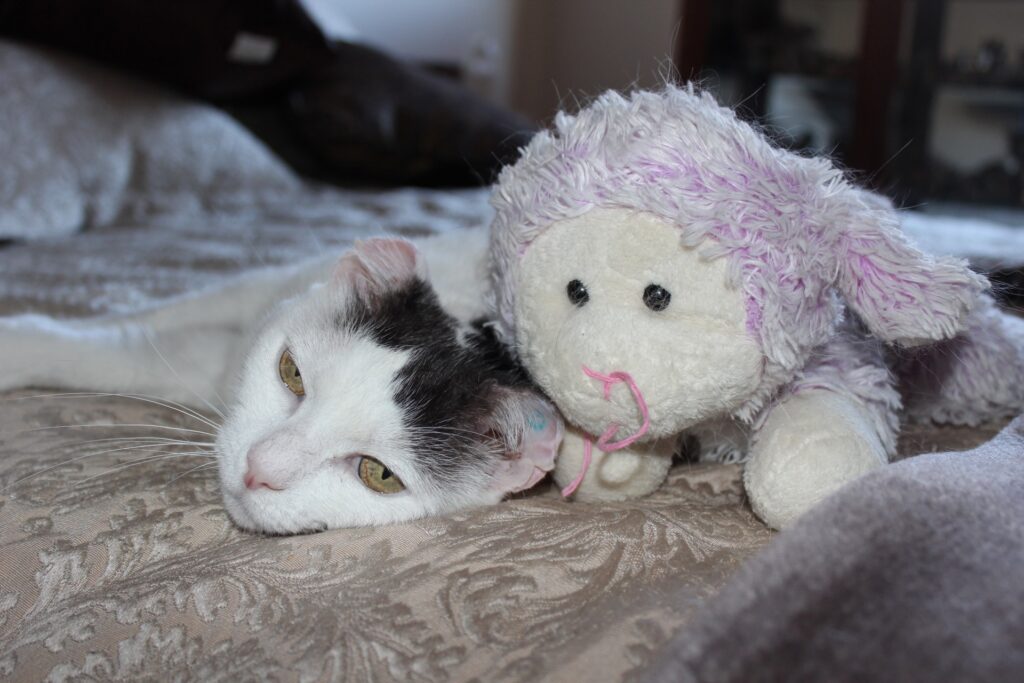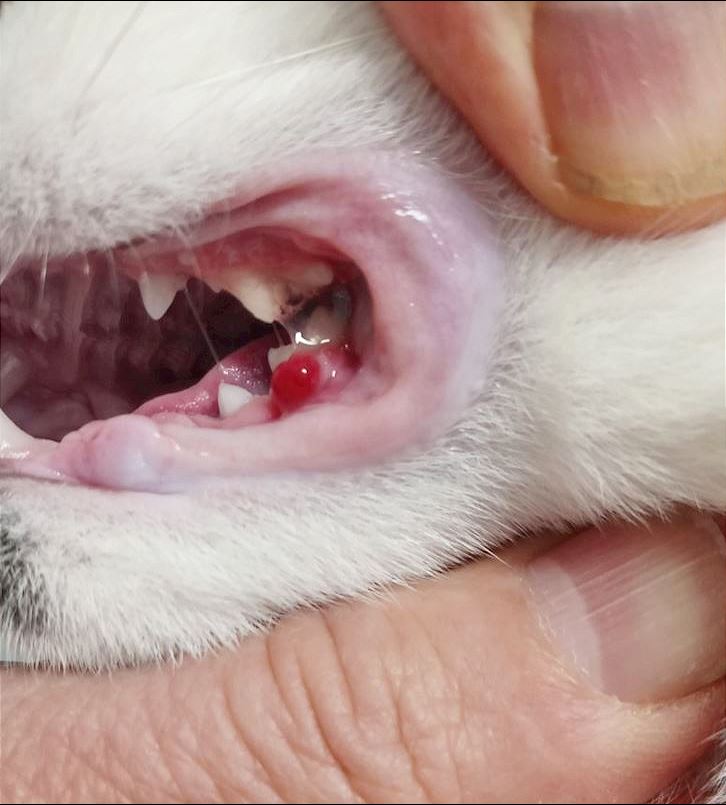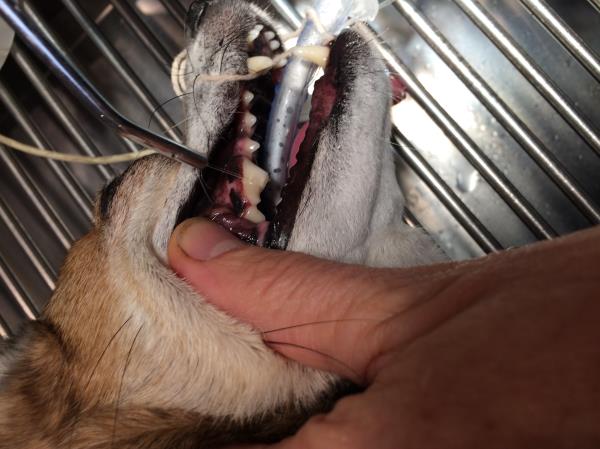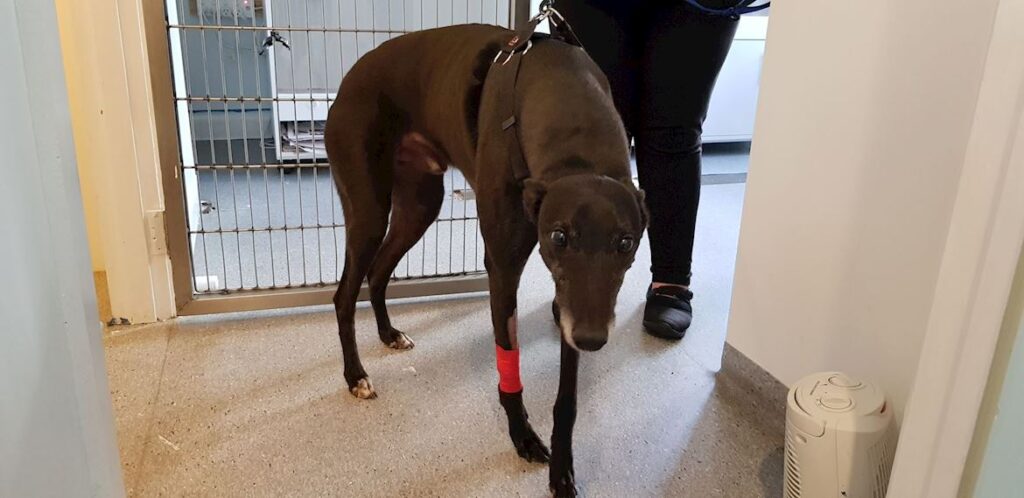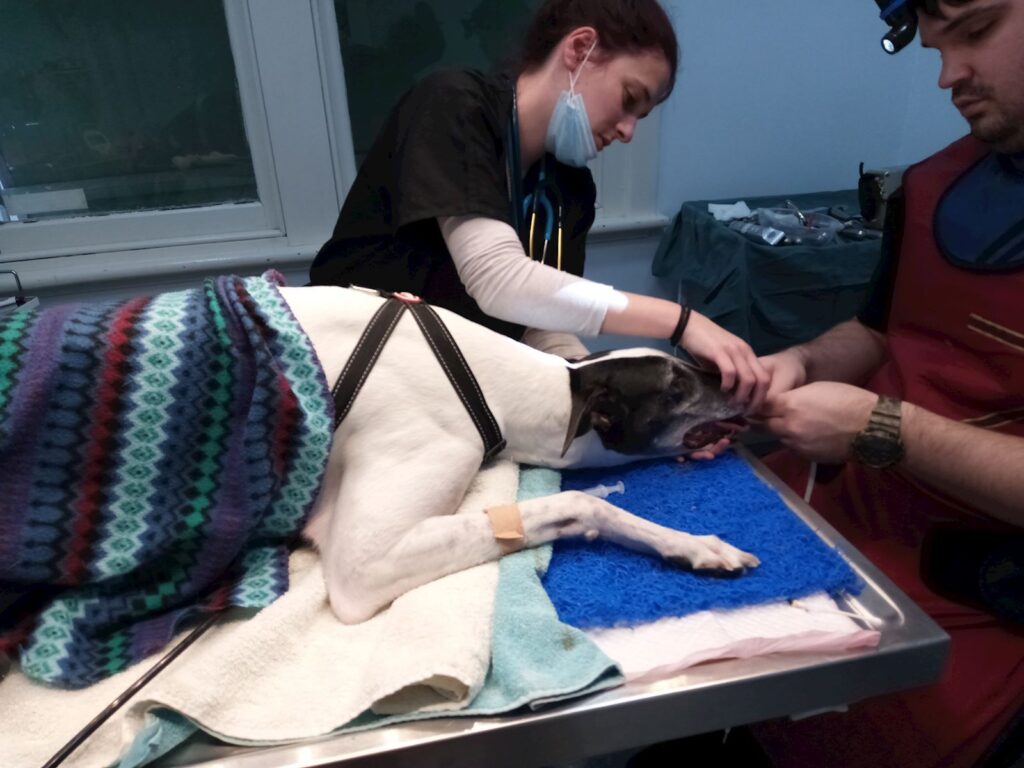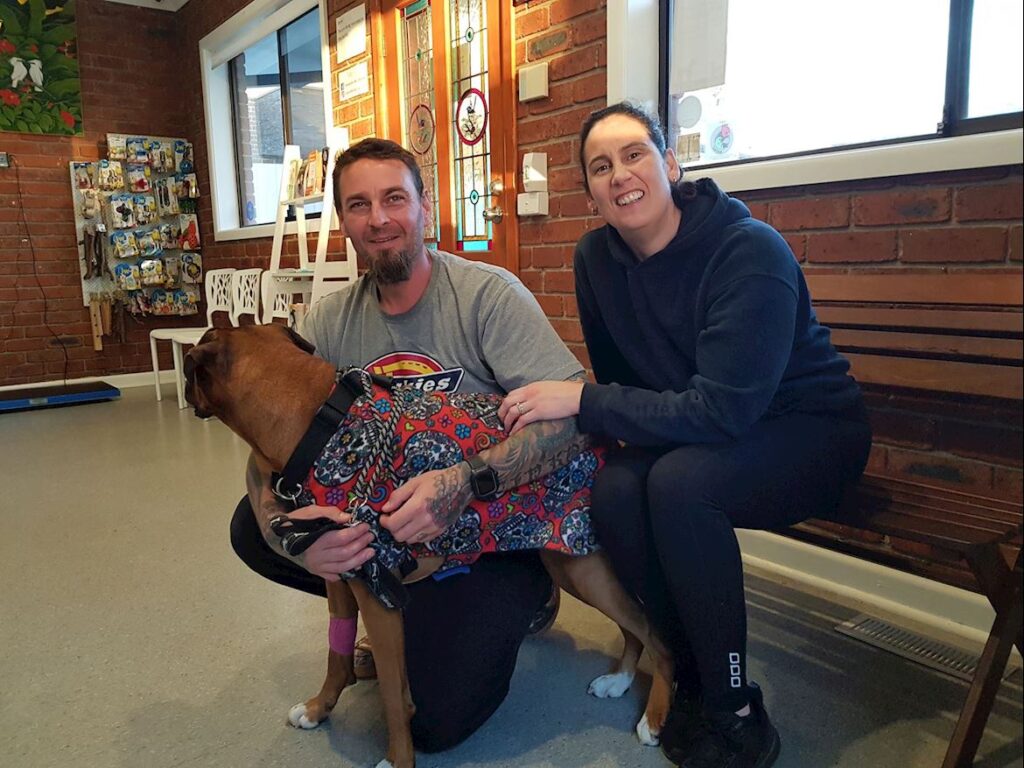Posts by Burwood Vet
How Old Is My Dog In Human Years?
The key factors that determine how long a dog will live are: Size of dog. Generally, small dogs live much longer than large dogs. NOTE! IN the first year of life they reach mid teen….wow! AND by the second year of life already in their 20’s…fast growing. Breed. The breed of dog is a strong…
Read MoreHow Old Is My Cat In Human Years?
How old is my cat in human years The Cat Year calculator below that converts your cat’s age to human age or vice-versa – try it ? Notice how rapidly cats become teenagers, and how rapidly they grow during the first few years of life. Cats spend a relatively small proportion of their lives in…
Read MoreHome Setup For Your Cat
The cat vets in Burwood want happy stress free pet cats. Follow the five home recommendations to improve the quality of life of your cat: Provide a safe place for your cat The cat-vet knows that cats tend to ‘avoid and evade’ rather than confront a situation. A safe place enables the cat to withdraw…
Read MoreHerpes In Cats
Herpes virus is the most important of the viruses making up the feline ‘snuffles’ complex. It causes an infection of the upper respiratory tract and eyes of both domestic and exotic cats. It is caused by feline herpes virus type 1 and does not affect people, dogs and other animals. It is extremely ‘catchy’ between…
Read MoreHeartworm
There are two broad categories of worms that may affect our pet dogs and cats, heartworm and intestinal worms. Please see our intestinal worm page for more information. HeartwormHeartworm, or Dirofilaria immitis, is a parasite that is spread by mosquitoes, so you pet does not even need to be in contact with other pets to…
Read MoreGumSwelling, Caudal Buccal Traumatic Granulomas in a Cat
Gum Swelling in young cats. The typical presentation at the cat dentist is a young cat, about 5 -7 months old presented for swellings or a growth in mouth on the back gums -usually on both sides. The situation arises when there is a malocclusion of the upper back premolar teeth ; in which they…
Read MoreGum Disease – Veterinary Periodontics
According to the American Veterinary Dental Society, more than 80 percent of dogs and 70 percent of cats develop gum disease by the age of three years. Periodontal disease is the most common condition animal dentists see affecting dogs and cats. Infection and inflammation of the gums and supporting tissues of the teeth are caused…
Read MoreGreyhound Vet Dental – Carnasial Tooth Extraction
Greyhounds have rather unique dental problems. The receding gum that progresses with age often results in root exposure, and is common in our Greyhound Rescue dogs presented for Adoption. The bacterial load on the tooth gum margin often results in tartar and plaque on a greyhound’s teeth which, if not removed, will results in gingivitis…
Read MoreGreyhound Tooth Abscess
80 % of Greyhounds will have dental disease buy the age of Two. The veterinary dentists for Greyhounds recommend basic oral cleaning. . About 15 seconds of wiping the tooth gum margin make a big difference! Signs of Greyhound dental disease include; Bad breath Redness of the gums and Discoloration of teeth BELOW: Getting our…
Read MoreGingival Hyperplasia In Dogs
Gingival hyperplasia refers to the pathological growth of excess gum tissue as a result of (Dr Phil suspects) periodontal diseae . See the picture below: There are some breeds that are more commonly affected to gingival hyperplasia Like the Great Dane, Doberman and Boxers . So Why the Gum growth ? As the frpreiodindal pocket…
Read More